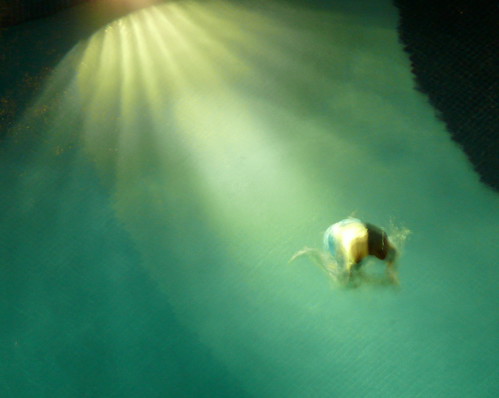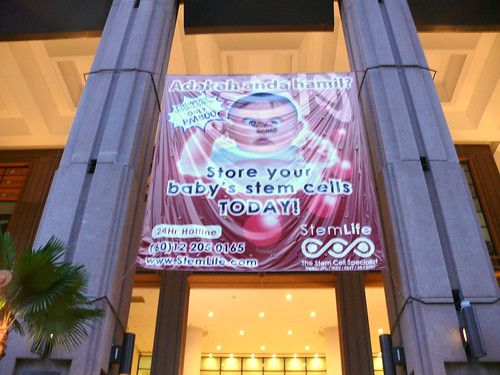'Oh. Ohh. Neoh!" Mrs Halliday says when introduced to the painter Hurtle Duffield in The Vivisector. "Neoh" is her stab at a Queen's English pronunciation of "no" and Patrick White mocks it heartily. The culture White knew was still joined umbilically to British culture. These days Australian snobs have their own rules of engagement.
Changes in Australian pronunciation, while underscoring pretention and bullshit, also mark our increasing cultural autonomy. Where once the ocker accent may have been genuinely stigmatised, the broad accent of the "howzat, nah, c'mon mite" variety has become a bit of a "celebrity accent", like some strands of black and Cajun English in the US.
The broad accent is something to wheel out for TV spots (The Footy Show), tourists (ever been on the Sydney Explorer bus?) and festive occasions (family barbecues). For many, it's not a mother tongue so much as a party trick we perform as needed - to be funny, to belong, to make a point and, most of all, to avoid being identified as someone who feels superior, even if in truth we do.
Once, people went to university to get rid of their twang. But now it's suburban migrant accents that voice the scary underclass and fade with education. I've heard a few lectures delivered in a bit of an Aussie drawl but I can't imagine one sounding like Habib from Fat Pizza.
This is a revolution in prejudice. There is now the uniquely Australian cachet of not sounding too big for your boots. The agreement seems to be that speaking Strine is a vaccination against wankery.
Unimpressed by overt social class, it is men who have most enjoyed such half-secret vocal handshakes. The ladies have their own game. As one teacher at an exclusive private girls' school told me, eastern suburbs dads may modulate their speech up and down the scale but the mothers are pretty strict.
For evidence of this gender asymmetry, consider Julia Gillard. Born in Wales, a lawyer, very brainy, still she speaks with an exaggerated drawl. This may work in the Labor Party boys' club but the public itches to know why she sounds like a lesbian ex-junkie.
Upwardly mobile Australian women are more likely to hypercorrect. They alter their speech to imitate an accent perceived as more prestigious but overshoot, miss the target sound, and end up making a whole new noise.

In Kath & Kim Prue and Trude, two snobby women working in an expensive homewares shop, do this all the time. They move vowels around in the mouth to show they're old money. Or rather, they do it in order not to sound like Kath and Kim. Broad Aussie "hi" rhymes with "hoy", so they say "haa" instead.
When speaking of Noosa, "Newsa", high up and in front with little mouth articulation, sounds a bit cheap. So we get that bizarre "oor" sound in "Noorsa", which is forced back into the pharynx with exaggerated lip-rounding.
Everything can be sacrificed, even comprehensibility. The freakish way Australian snobs say "Hellooruw" is unique in the world.
Kath and Kim also hypercorrect themselves. Like Prue and Trude, they say their final "t"s funny from time to time. Pauline Hanson did it as well. You know, that kind of breathy sound? It's called hyperaspiration, and it's a classic case of hypercorrection. These women, real and fictional, are on the run from the broad Australian "t", which sounds like a "d", as in "budda" for "butter", or gets dropped at the end of phrases. Some do it more flamboyantly than others. Prue and Trude say "great" as "grayshsh" and "beautiful" as "beyoushshiful". And Kath says: "Yis, I am hoigh maintenance and, frankly, I enjoy ishsh."
Hanson hyperaspirated her "t"s in direct proportion to how nervous and defensive she was. "I don't like it!" had a very windy final consonant. Supposedly a battler against the class system, she still tried to talk noice in her way. When relaxed, she sounded relatively normal.
On the other hand, very few Australian men would ever hyperaspirate and say something was "grayshsh", except maybe a few footsoldiers of the pink mafia - definitely not the generals.
We make up who we are through the way we speak. The accent system in Australia has no equivalent to the extreme regional and class differences in Britain. We play by different rules Down Under, rules shrouded in open secrecy.











































